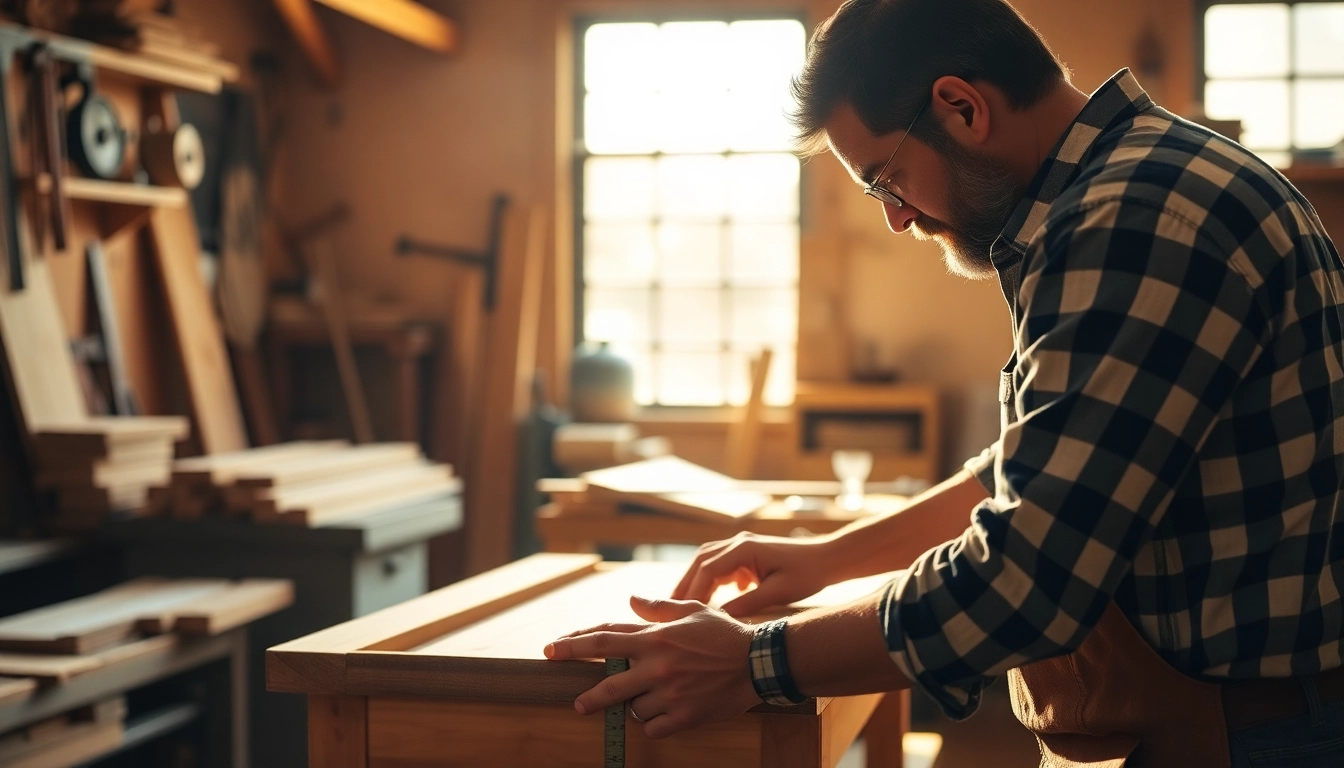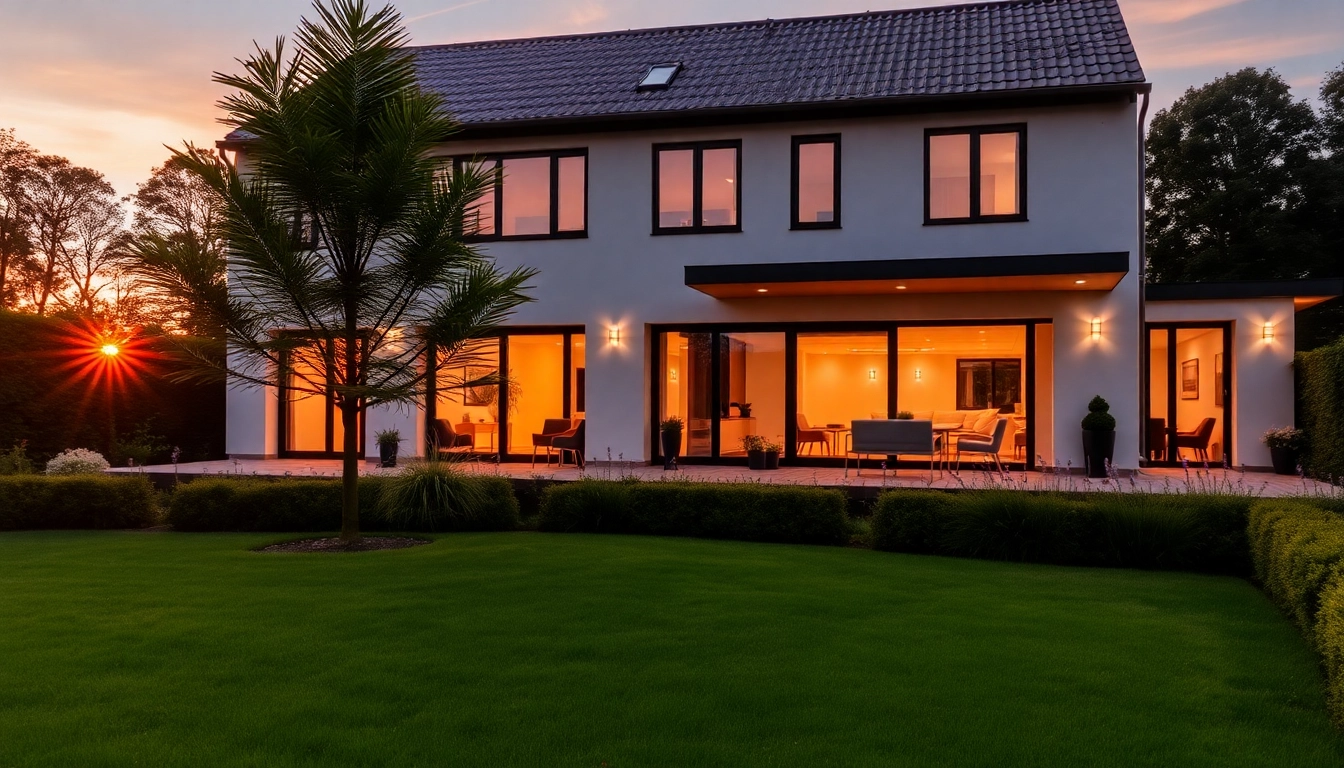What Window Contractors Near Me Do for Your Home
Window assessment and project scoping
A skilled contractor begins with a thorough on-site evaluation. This includes measuring openings accurately, inspecting sill and frame integrity, checking for moisture intrusion, and noting any structural considerations. The goal is to translate your priorities—lighting, ventilation, security, and curb appeal—into a concrete scope. A clear scope helps prevent scope creep and ensures bids are apples-to-apples, making comparisons meaningful rather than superficial.
Material and style options
Contractors present a spectrum of materials—vinyl, wood, and fiberglass—each with distinct texture, durability, and maintenance profiles. Vinyl typically offers cost efficiency and low upkeep; wood exudes tradition and customization but requires regular care; fiberglass balances strength with stability in extreme climates. Beyond material, professionals guide you through style choices such as double-hung, casement, or sliding designs, glass configurations (single, double, or triple pane), and coatings that boost energy performance. The right combination aligns with your home’s character and long-term cost of ownership.
Timeline, budgeting, and expectations
Installation timelines vary by project size, climate, and permitting needs. A typical retrofit window replacement may take one to three days per home, with delivery and fabrication influencing overall schedules. Transparent budgeting includes product costs, labor, contingencies, and potential permits. Realistic expectations cover lead times for custom orders, potential temporary inconveniences during removal, and the importance of a financed or staged payment plan tied to project milestones.
How to Compare Local Window Contractors Near Me
Request quotes and check references
Obtain at least three written quotes to compare material costs, labor rates, and included services. Evaluate the depth of each proposal: product specifications, warranty terms, installation methods, and post-install support. Contact past clients or request a portfolio of recent projects to verify how the contractor handles setbacks, workmanship quality, and on-time performance. Look for consistency across references rather than isolated praise.
Licensing, warranties, and certifications
Verify that each contractor holds the appropriate state license, insurance, and workers’ compensation coverage. Manufacturer certifications—for example, programs from major window brands—signal adherence to installation best practices. Warranties should clearly distinguish between product warranties (covering glass and frame components) and workmanship warranties (covering installation defects). Longer workmanship warranties often correlate with higher confidence in the installer’s process and accountability.
Reading past project galleries and reviews
Reviews and galleries reveal how a contractor performs in real-world settings. Look for before/after photos that show detail work on trims, grilles, and sills, as well as how the team handles difficult openings or historic homes. Authentic reviews will mention timelines, communication, and problem resolution—key indicators of a contractor’s reliability, especially in markets with demanding weather patterns or unique architectural features.
Popular Window Solutions for Different Budgets
Vinyl, wood, and fiberglass options
Budget considerations often determine material choice. Vinyl offers the most economical path with low maintenance. Wood provides classic aesthetics but higher upkeep and cost, while fiberglass delivers durability with a mid-to-high price point. For renovation projects, many homeowners pursue a mix of materials—vinyl for some openings and wood or fiberglass for accent windows—to balance price and appearance.
Energy-efficient glass and coatings
Energy performance is a central driver of long-term value. Look for double- or triple-pane constructions with low-emissivity (low-e) coatings, gas fills (like argon or krypton), and warm-edge spacers. Packages that meet or exceed ENERGY STAR standards typically reduce heating and cooling costs while improving comfort by minimizing drafts and temperature swings across seasons.
Security, maintenance, and long-term costs
Modern windows include enhanced locking mechanisms, reinforced frames, and tilt-in sashes that ease cleaning and maintenance. While upfront costs may be higher for-secure hardware or maintenance-friendly designs, the long-term savings come from reduced repair needs, improved building integrity, and better resale value. Coordinating with an installer who aligns hardware choices with climate and security requirements yields tangible ROI over the window’s life.
From Consultation to Completed Project: The Process
Initial survey and measurements
After the first consult, the contractor returns with precise measurements, confirming product selections, glazing options, and any structural adjustments. This stage establishes a project baseline, minimizes surprises, and sets a realistic timetable for procurement and installation.
Permits, inspections, and approvals
Some projects require permits, particularly when structural modifications or full-frame replacements are involved. A proactive contractor coordinates with local authorities, schedules inspections if needed, and ensures compliance with energy and safety standards, reducing the risk of delays and future compliance issues.
Final walkthrough and guarantees
On completion, a thorough walkthrough confirms that all items on the punch list are addressed. Contractors provide documentation for warranties, care instructions, and service contacts. A clear end-to-end guarantee — covering both product and installation — delivers peace of mind and a defined point of recourse if issues arise later.
Measuring Success: Performance and ROI
Energy savings, comfort, and noise reduction
Well-installed, energy-efficient windows reduce heat transfer, improve indoor comfort, and dampen outdoor noise. Homeowners often notice a steadier interior temperature and fewer drafts, especially in areas with extreme weather. While exact savings vary by climate and usage, the imp act of high-performance glazing can be substantial over the life of the installation.
Warranty, service plans, and post-install support
Choose a contractor who offers accessible post-install support, reliable service plans, and straightforward claim processes. A reputable provider emphasizes preventive maintenance, seasonal checkups, and rapid response for any hardware or seal failures, ensuring long-term performance and value retention.
Case studies: real-world results
Across neighborhoods, homeowners report improved curb appeal, stronger resale value, and measurable energy benefits after upgrading to modern window systems. Real-world examples highlight the importance of professional fit, alignment with local climate needs, and a transparent, coached decision-making process that builds confidence from start to finish.



